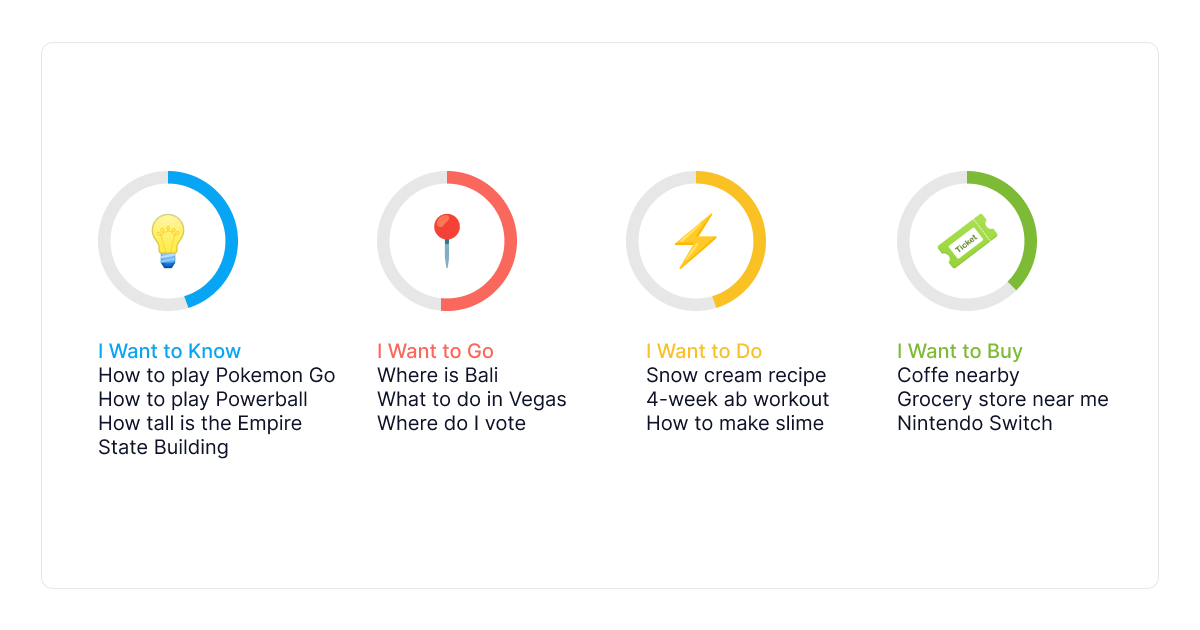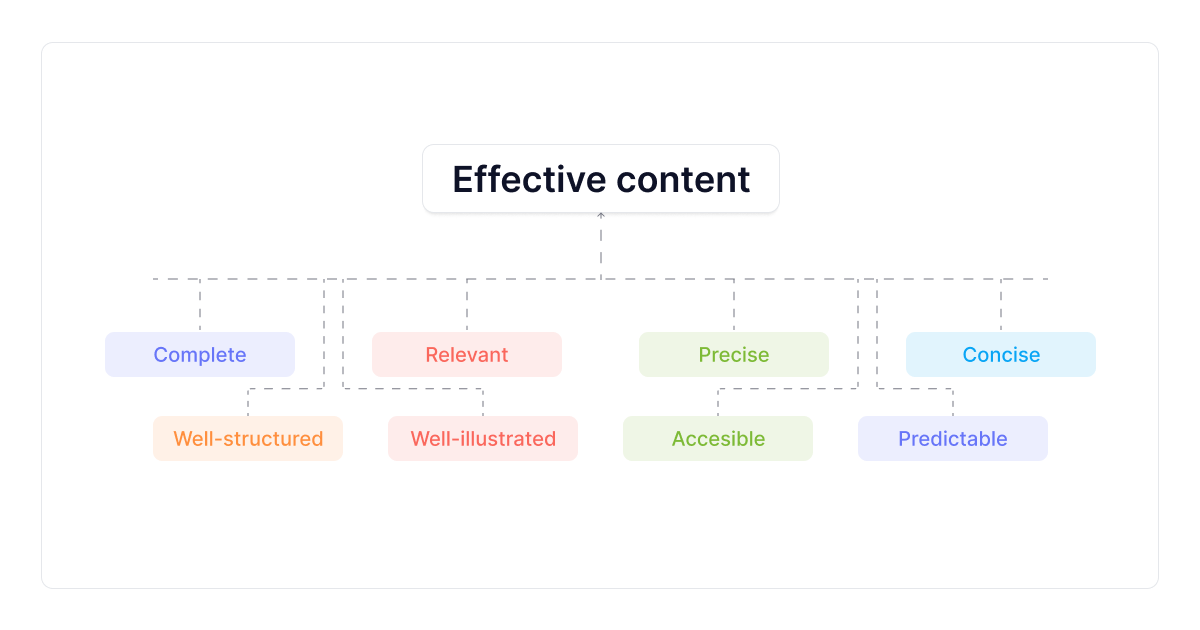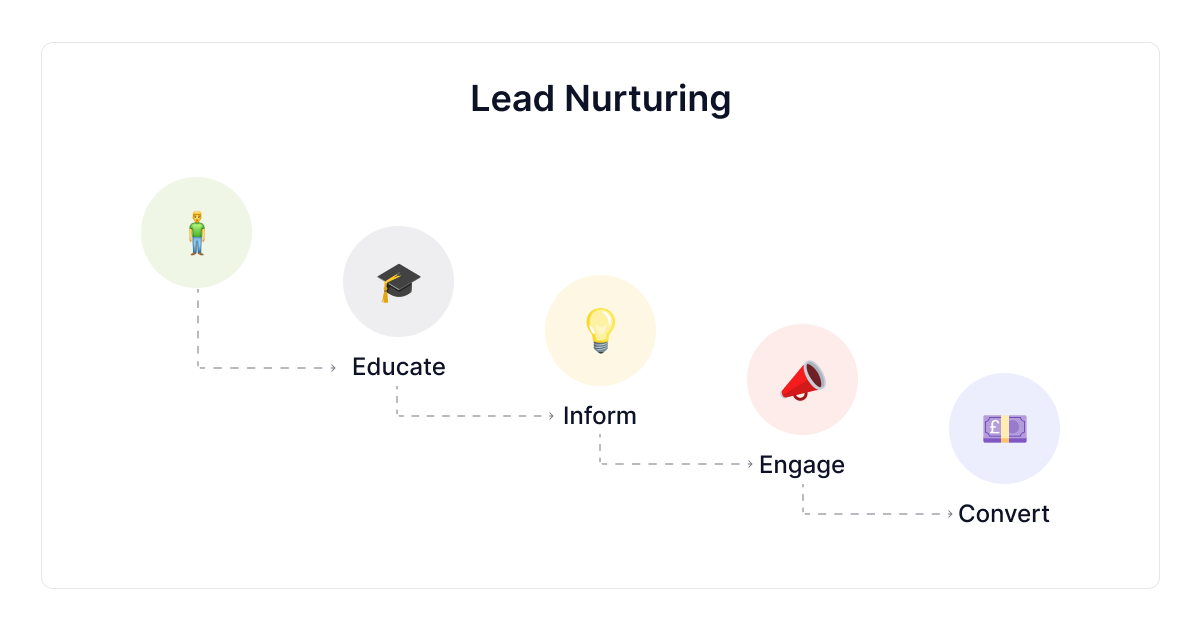Are you about to enter the marketing waters but unsure where to begin? Or, perhaps you are unaware of how to promote your brand to increase sales revenues and boost your website visibility?
Creating content is the best way to get people to notice and interact with your brand.
Marketers use various content forms to boost their authority in the industry and attract a targeted audience to increase conversion opportunities.

For instance, did you know that adding a blog to an existing website can increase traffic by 434%?
Where is the catch?
The real challenge is creating high-quality content that draws your target audience and help you stand out with relevant solutions.
Today, we'll list 10 content marketing techniques for beginners that will help you build a strong content strategy and avoid common pitfalls.
Let’s get started!
What is Content Marketing?
Did you know that web traffic is among the top two most-common measurements of success for content marketing strategies?
Content marketing is the process of organizing, producing, distributing, and sharing content to increase awareness about your brand, attract more leads and extend your conversion opportunities.
What Content Marketing Strategy Includes?
Content marketing includes any content form that educates, informs, or entertains your target audience while helping them achieve their goals.
Here they are:
- Blog post on your website
- Guest blog post on other sites in your niche
- Social media posts
- Videos and podcasts
- White papers for lead capture
- Ebooks
- Educational emails, and so on
Rather than achieving transactional encounters, we employ these content forms to develop long-term relationships with our prospects.
What are The Benefits Of Content Marketing
Content marketing isn’t a ‘one-time thing’ — you can’t create it once and forget about it.
Instead, it is a long-term investment that demands commitment, effort, and consistency to get the best results.
Sounds like a drag? Let’s check if it's worth it:
- Lowers marketing costs — The right content approach will help you attract new leads at a low cost. It is especially useful for companies with limited budgets.
- Increases brand awareness — High-quality content and consistent publishing schedule will help you establish yourself as a trustworthy brand.
- Attracts a targeted audience — Content that provides dependable solutions to your audience's problems can boost your authority and drive more visitors to your website.
- Educates and engages your prospects — A content marketing strategy will help you craft your content according to search intent.
- Generates leads and sales — A well-planned content marketing funnel will help you convert cold leads into hot leads and hot leads into customers more efficiently.
Keep in mind that these results can't come overnight. There will be much twerking until you reach a gold mine.
So, to achieve these benefits, you should arm yourself with a lot of patience and continue to refine your approach until you hit the jackpot.
Let's look at some content marketing techniques for beginners that will set the foundation for your content to perform well.
Top 10 Content Marketing Techniques For Beginners To Start Like A Pro
1. Set Your Goals And Expectations
Before beginning any project, you must clarify what your brand stands for.
You can start by asking yourself:
- What is your brand's agenda? What does it offer that is different from the competition?
- How can your solutions help prospects accomplish their goals?
- Why should you be their #1 choice?
For example, a golden circle principle is an excellent way to do that.
Let's take a look:
Unlike other principles, the big idea behind the golden circle is that it has a reverse focus direction:
- Establish your authority on the subject by offering expertise with unique and trustworthy solutions. (Why)
- Prove how your solutions work in practice. (How)
- Explain what prospects will gain by choosing your brand. ( What)
When people understand what you do, the ones interested will want to discover more about your brand and offerings.
Consider this step as a natural filtration process of your targeted audience (cold and hot leads).
2. Get To Know Your Audience
We have already scratched the surface about filtering the targeted audience. But the story doesn’t end there.
Knowing your target audience is crucial before considering the topics you want to cover in your content. Here are some basic questions you can start with:
- What do they like?
- What are their pain points?
- What are the solutions they are looking for?
- Where do they live?
The second step is to learn how they search the web for products or solutions.
Here are some ideas:

Using free tools such as AlsoAsked, you can learn how people search the web for information and gain geo-specific insights into search intent.

When you know what your prospects are looking for, it will be much easier to engage them with content that contains relevant information.
Without researching your audience, there is no content marketing strategy.
Besides, this is the first step in making engaging content for your targeted audience.
3. Understand The ‘Rules’ Of The Game
Have you ever wondered how Google algorithms deliver content to targeted audiences?
In content marketing strategy, everything evolves around search engine optimization (SEO) — how relevant is your content for search queries (for any platform).
We use SEO optimization as a part of content strategy to improve the visibility and positioning of web pages in organic search results.

The primary focus of SEO is to ensure that your content matches the search intent — the more your content is relevant to search queries and follows the SEO rules, the better positioning in search results will be.
To create SEO-optimized content, ensure that every content form you employ to promote your business has the following:
- Solution-oriented text — Content that provides concrete answers.
- Keywords — Phrases that people use when searching for products or solutions.
- Meta and title tags — The meta title tag notifies search engines, web browsers, and social media websites of a page's title.
- Relevant links — Content links allow you to incorporate rich data in your text. They enable users to access more information about a person, statistics, or other related topics.
If you find this difficult to handle, you can use AI writing tools, such as TextCortex, to write google-friendly content.
How can they help me with SEO?
Whether you choose GPT-3 or use-case module-based, all AI writing assistants focus on the primary keyword when generating text.
Their AI writers use those keywords to generate text optimized for SEO with the help of complex algorithms and machine learning processes.
Here is what the process of blog article generation looks like on TextCortex’s example:
As you can see, before TextCortex starts generating your text, you first need to enter a blog title and keyword, then choose the text length and creativity level.
When all required parameters are present, this AI tool automatically produces SEO-friendly text based on patterns that develop around a specific keyword.
4. Create Content Marketing Funnel
A content marketing funnel is an essential part of content marketing strategy that includes 3 different stages leads go through on their way to purchase.
Those stages are:
- TOFU — Increases website traffic and brand awareness.
- MOFU — Generates leads and maintains a relationship with prospects.
- BOFU — Encourages potential customers to buy the product or service.
Here is how content marketing funnel looks like:

It is a methodical approach that will assist you in meeting prospects' needs at various stages and achieving your business goals.
Now that you’re aware of the funnel concept, let’s figure out how to develop a content plan.
5. Establish A Strong Content Plan
Before we start writing, we must understand what kind of content we need for each search intent.
Not every search query requires an in-depth review, social media post, or podcast.
And that depends on the type of search queries people are researching about.
There are 5 different types of search intent, each of which has the best fitting content form (content the people expect to get for that search intent). Let's check them out:

This table can guide you when crafting your first (or next) content.
Furthermore, developing a blog conversion funnel is another method to build your content plan correctly.
6. Produce High-Quality Content
Whether you write a blog article, social media post, YouTube title, or Facebook Ad, each content form must have the same values to qualify for high-quality content:

But what makes content compelling enough?
The first rule of compelling content is engaging writing that syncs with how people read it.
People scan through content, searching for details that will catch their eye. Those 'catchy' details can be in the form of:
- Bullets — for listicles.
- Tables — for comparisons.
- Numbers — for statistical data.
- Pictures — for examples and templates.
- Different text formats — for essential segments in the sentence and paragraphs.
All these details help the 'scanning' process — readers focus on effective 'distractions', and if they find relevant data, they focus on words around them.
Except for visual elements that boost content effectiveness, here are some more tips for encouraging readers to stay engaged till the end:
- Write attractive titles — Hook your audience's attention with effective titles.
- Use outlines to structure your content — Organize your content's milestones to make it scannable.
- Include rhetorical questions — Engage your readers with questions that don't require answers.
- Shorten long sentences — Summarize long sentences to make your content more digestible.
- Expand short sentences — Add more information to short sentences to boost readability.
- Paraphrase your sentences — Rewrite your thoughts for better context.
- Practice CX writing — Writing style designed to deliver a positive customer experience.
In addition to that, rewriting tools are fantastic resources that can help you accomplish all these steps in a couple of steps.
With TextCortex’s rewriting extension, for example, all you need to do is to select the text, hit the logo, and choose the desired feature to get the output you need.
Now that we know how to write engaging content let’s see how we can promote it to gain more visitors to our website.
7. Repurpose Your Content
Did you know that 58.4% of the world uses social media platforms?
We utilize the repurposing blog content technique to boost the visibility of our blog posts through social media platforms.
And considering the usage statistics, who wouldn't like a slice of that pie?
That implies you don't have to start from scratch to generate content for social media — you can repurpose existing content to suit social media standards.

Aside from repurposing content technique, here is another incredibly successful approach for increasing traffic to your content that will establish authority in your niche.
8. Leverage Guest Blogging
Guest blogging is a content marketing strategy that entails writing and distributing blog articles on other websites.
We use it to increase brand visibility, build reputation, improve SEO, and establish new connections.

Typically, with this form of content creation, the concept and article parameters must satisfy the website's or blog owner's requirements.
9. Follow Content Trends
Keeping up with content trends will help your content marketing strategy to:
- Maintain your content’s relevance.
- Stand out and attract a targeted audience.
- Get inspiration about new ways to utilize your content.
- Provide various suggestions for how to stay ahead of the competition.

Following content trends will ensure your existing audience stays loyal to your brand and encourage new leads to trust your expertise and solutions.
10. Nurture Your Audience
People love to identify with a brand they choose to be loyal to. Prospects and customers both love to get the attention they believe they deserve.
Thus, this is the last and ongoing step in content marketing strategy that involves reinforcing customer relationships at each level of the sales funnel.
And best way to maintain that relationship is by utilizing lead nurturing emails.

The advantage of lead nurturing emails is that you can automate them. As a result, your prospects will constantly be aware of your offerings.

Of course, you never know when your email can spark a buying decision, but losing the opportunity would be such a waste.
Conclusion
We bet this is much to digest, but there are no shortcuts to being a successful content marketer.
All these steps are based on best practices that top content marketing specialists already use in their content marketing approach.
Once you incorporate these techniques into your content marketing strategy, you have guaranteed successful business outcomes.
However, if you wish to produce content at bulk up to 10x faster, we suggest you utilize TextCortex in your content marketing strategy.
With TextCortex’s web application, you can:
- Create short and long-form content on a large scale.
- Use both manual and AI-generated writing within the same editable canvas.
- Edit and format your content in real-time.
- Save your projects as documents for future use.
- Generate content in 72+ languages.
Furthermore, our Chrome rewriting extension is available on 30+ platforms and will help you:
- Rewrite your paragraphs and sentences in bulk.
- Create a summary of your article for keen insight.
- Create emails from bullet points.
- Expand your sentences for longer text.
Our free version offers you 15 daily creations (with no limitation to features) that you can enhance by validating the tool or recommending it to a friend.
Sign up for free today and watch how TextCortex takes 80% of your writing work while improving your writing skills and producing high-quality content within seconds.




